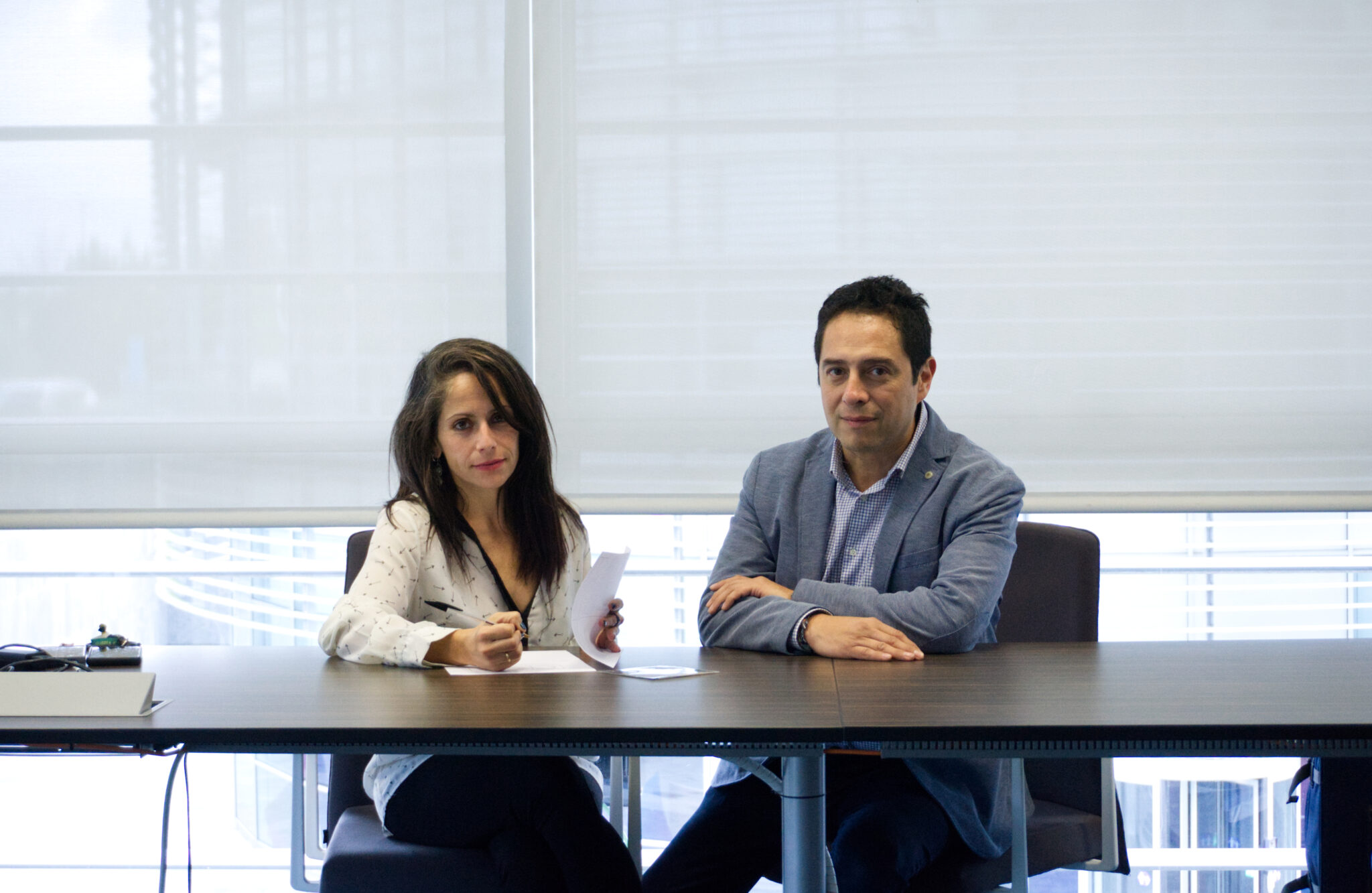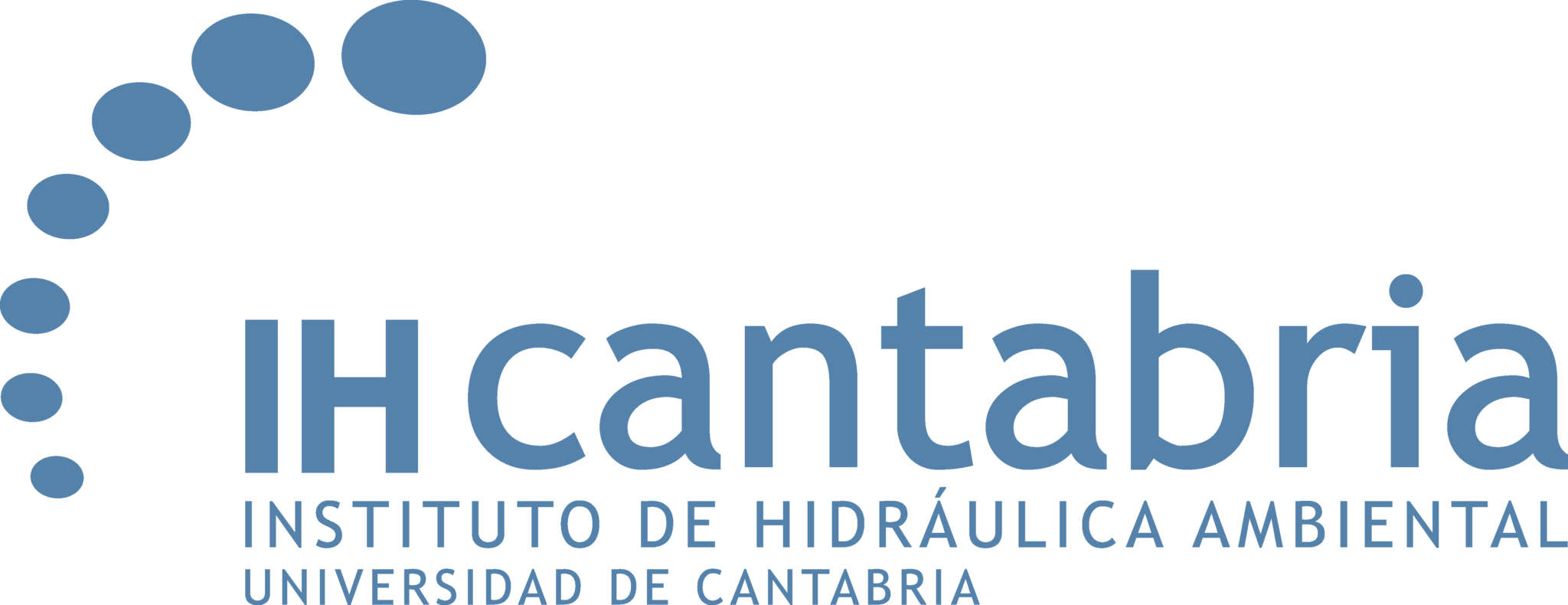IHCantabria has presented the final results associated with the R&D&I project SIAAMETOC-2.

From left to right: Jaime De La Parra Díaz, Gabriel Díaz Hernández, Antonio Tomás Sampedro, Isabel Pérez- Cerdá Herrero, Commander Salvador Espinosa González, Alejandro González Valle and Lieutenant Commander Alejandro Ortega Felipe.
The second phase of this project aimed to provide specific environmental products for naval operations, based on global meteoceanographic data sources and with an automation system.
Last Tuesday, November 21, the Institute of Environmental Hydraulics of the University of Cantabria (IHCantabria) had the honor of welcoming representatives of the Ministry of Defense and of the Marine Hydrographic Institute to present the final results associated with the R+D+I project SIAAMETOC-2 (Integrated Automatic Meteo-Oceanographic Support System for Maritime Operations). This is a 24-month continuation of a first phase of the project selected in the 2018 Coincident Program.
The second phase of this project was aimed at providing specific environmental products for naval operations, based on global meteo-oceanographic data sources and with an automation system based on numerical models that simplify to the maximum the complex processes of wave regionalization and automatic assimilation of meteo-oceanographic variables for the planning of different military maneuvers at sea and in coastal areas.
The SIAAMETOC-2 project has managed to incorporate new operational modules of great utility for the Mine Action Squadron, with the objective of enabling amphibious operations of naval power projection over land, for the detection, localization, identification and neutralization of bottom and orinque mines. In addition, various modules have been included to assist maneuvers on hydrographic vessels and for early decision support for autonomous and unmanned vehicles.
The meeting held in IHCantabria last Tuesday was attended, on behalf of the Ministry of Defense: Isabel Pérez-Cerdá Herrero and Jaime De La Parra Díaz, both from the Technology and Innovation Management Area (SDG PLATIN-DGAM-SEDEF). Representing the Hydrographic Institute of the Navy were: Commander and Director of the Hydrographic Institute of the Navy based in Cadiz, Salvador Espinosa Gonzalez-Llanos, and Lieutenant Commander Alejandro Ortega Felipe, Director of the Meteo-Oceanographic Office (METOC).
Throughout the two years of development of the system, it has been able to provide Geographic-Meteorological-Oceanographic (GEOMETOC) support in real exercises, for a total of 29 national and international beaches, in maneuvers (some at NATO level) such as: BALTOPS, DYNAMIC MARINER, SWORDFISH, GRUFLEX and DEDALO, among others.
In addition to the tool’s predictive approach, the system can be used as a strategic weather planning tool, very useful for early decision making and optimization of resources, personnel and equipment, which the Navy needs to know in its planning phases for amphibious landing maneuvers, navigation, minehunters, special operations and Marines, among others.
The project has been led by Gabriel Díaz Hernández, professor at the University of Cantabria, with extensive experience in civil projects in Maritime, Coastal and Port Engineering, operational systems and expert in numerical modeling, within the Ports and Coastal Infrastructures Group at IHCantabria. For the execution of this project it has been fundamental the software development led by Alejandro González Valle also a member of the Ports and Coastal Infrastructures Group of this institution, as well as the complex development in WEB systems, access and management of climatic databases, automation and assimilation of global information that the IT Group carries out within IHCantabria, in which the following are working Luis Pedraz Poloresponsible for this group, and Marco Antonio Vega Marichalar.
The Ministry of Defense, the Hydrographic Institute of the Navy and IHCantabria are aware of the importance of the SIAAMETOC system, which manages to optimize, improve and make safer some of the maneuvers that the Navy carries out worldwide and, therefore, will continue working to continue incorporating new applications, modules such as: real-time control of oil spills in the ocean, remote management of bathymetric data, assimilation of instrumental data with AI algorithms and in-depth analysis of the effects of climate change on its operations (among others), to be developed within the SIAAMETOC philosophy, as a comprehensive operational system to aid decision-making.

Moments of the review of the report with the final results associated with the R&D&I project SIAAMETOC-2. Pictured are Isabel Pérez-Cerdá Herrero and Gabriel Díaz Hernández.



